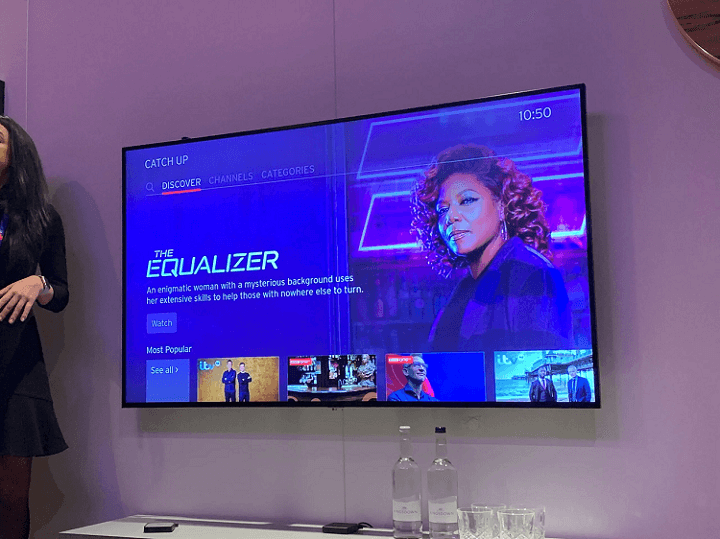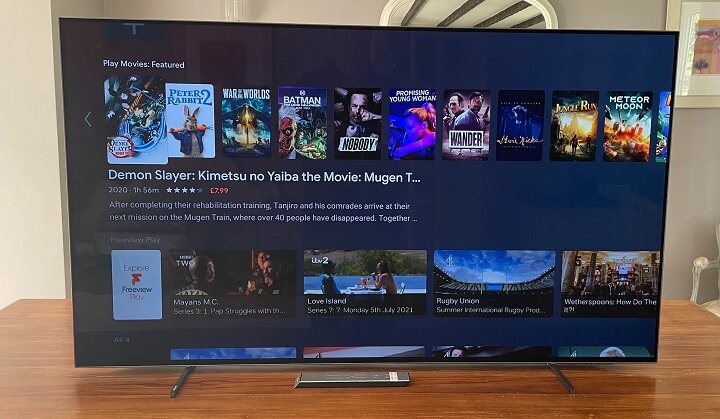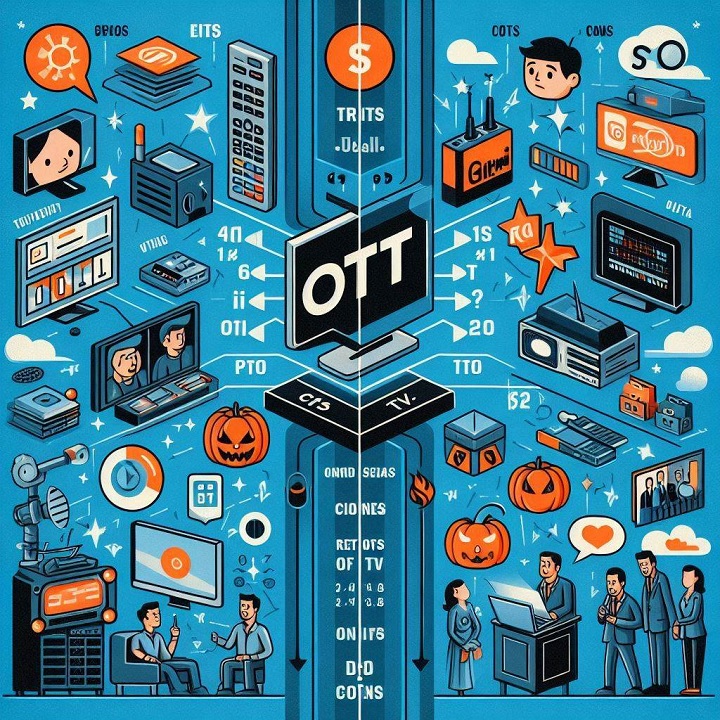What is OTT? How Streaming Services Work

What is OTT? The term OTT stands for Over-The-Top, which refers to the delivery of content via the internet, bypassing traditional cable or satellite television. OTT platforms provide video, audio, or other media content directly to users through apps or websites, offering flexibility and convenience to viewers. Popular OTT services include Netflix, Amazon Prime Video, Disney+, and Hulu, among many others.
What is OTT How Does OTT Work?
OTT services rely on the internet to deliver content to your device, whether it’s a smartphone, smart TV, tablet, or computer. Unlike traditional broadcasting methods that require specific infrastructure, OTT platforms use streaming technology to provide content directly from their servers to your device. This allows for on-demand access, meaning you can watch whatever you want, whenever you want, as long as you have an internet connection.
The Key Components of OTT Streaming
- Content Delivery Network (CDN): To ensure smooth playback, OTT platforms use CDNs to store and distribute content from servers located worldwide. This helps to minimize buffering and lag by delivering the content from the server closest to the user.
- Adaptive Bitrate Streaming: OTT platforms use adaptive bitrate streaming to provide the best possible video quality based on the user’s internet speed. If your connection is slow, the video will automatically downgrade in quality, but it will still play without interruptions.
- User Interface and Personalization: A well-designed user interface is critical for OTT platforms. Services like Netflix and Disney+ use algorithms to personalize recommendations based on viewing history and preferences, improving the user experience.
Subscription Models and Revenue
Most OTT platforms use a subscription-based model, where users pay a monthly or yearly fee for unlimited access to content. Some services, like Netflix, provide ad-free experiences, while others, such as Hulu, offer cheaper options with advertisements. There are also transactional video-on-demand (TVOD) services, where users pay per video, and advertising-based video-on-demand (AVOD) services that are free but supported by ads.
The Rise of OTT
The popularity of OTT platforms has soared due to the rise of cord-cutting—the trend of consumers abandoning traditional cable subscriptions in favor of more affordable, flexible streaming services. OTT platforms give users the freedom to access their favorite shows and movies across multiple devices, anytime and anywhere.
As technology continues to advance, we can expect OTT services to further revolutionize how we consume media, offering even more convenience, variety, and quality.



